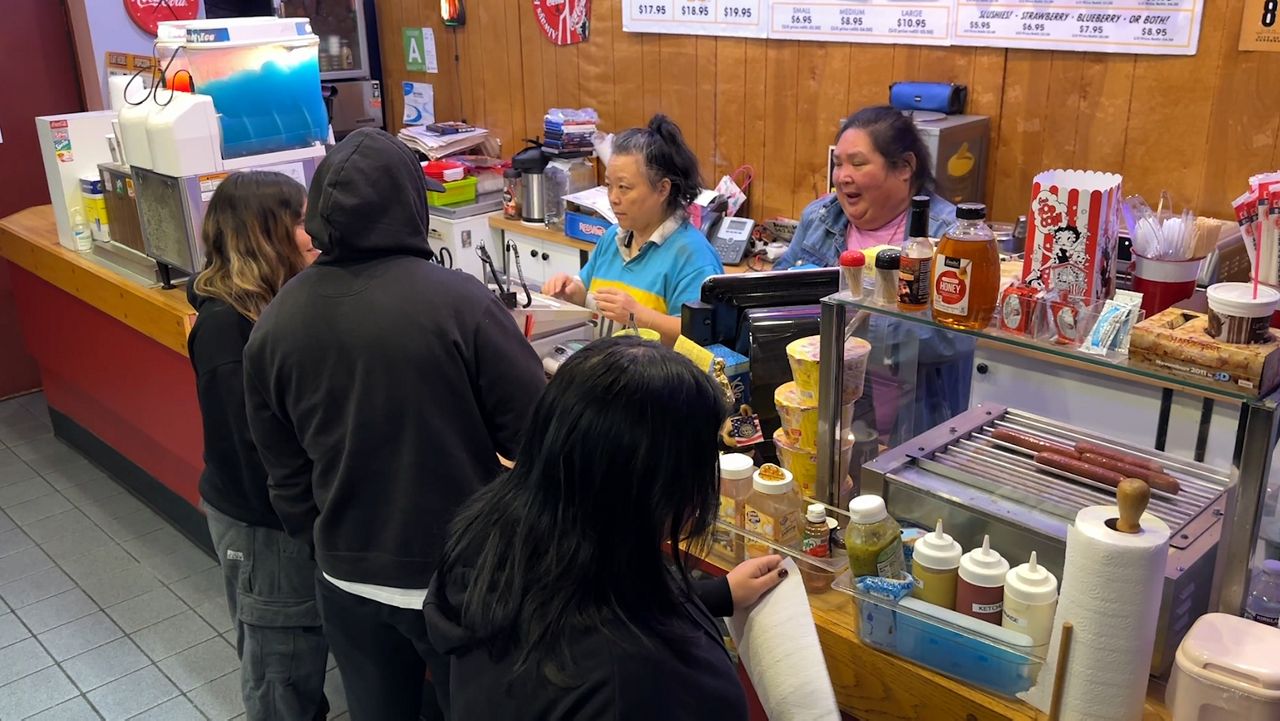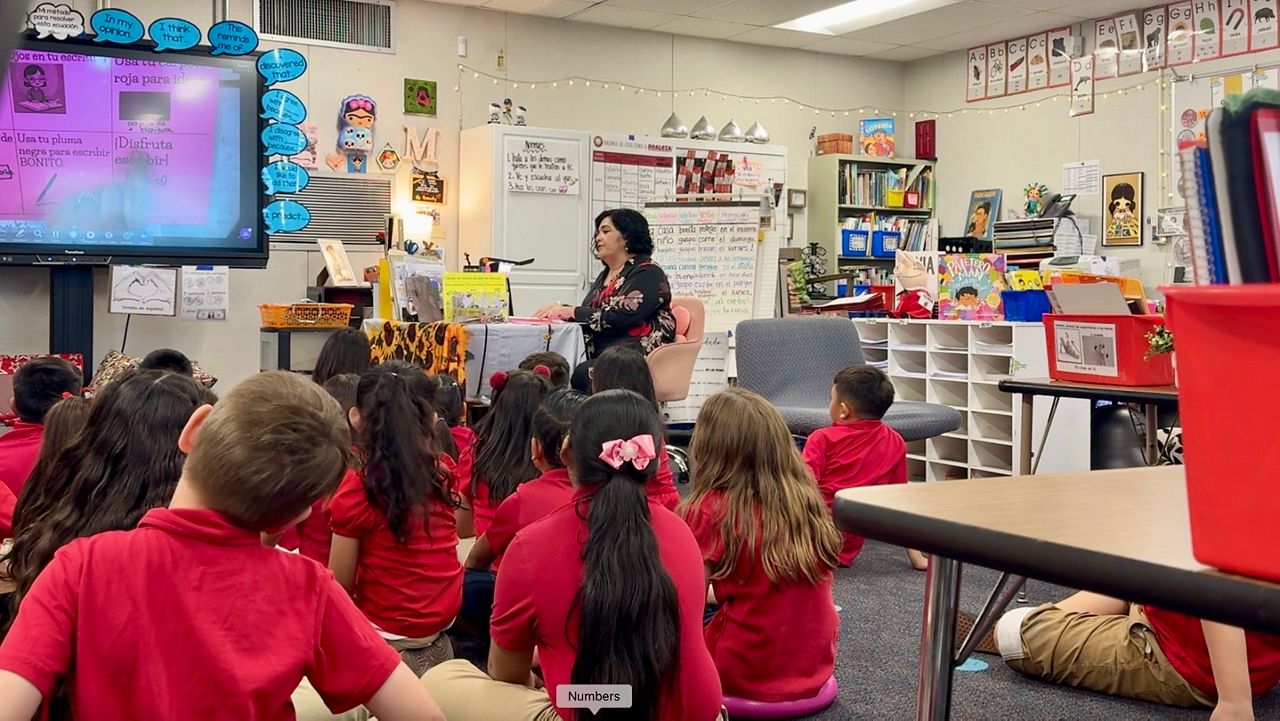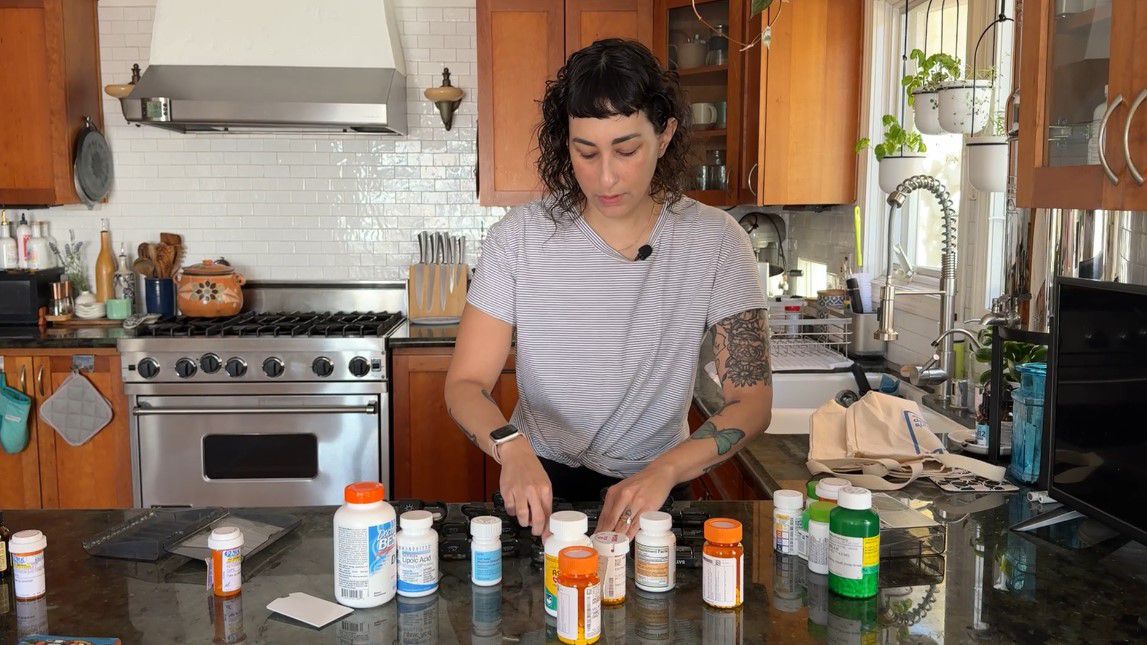SANTA ANA, Calif. (CNS) — Orange County's COVID-19 positivity rate for its underprivileged ZIP codes hardest hit by the pandemic was lower Thursday than the county's overall positivity, the first time that has happened since the county began measuring the rates.
"For the first time since measuring our health equity quartile, our test positivity is 0.9%," compared with 1% for the county's overall positivity rate, Orange County CEO Frank Kim said. "It's the first time those two lines have crossed."
The county's case rate has also fallen to 1.7 per 100,000 as of Thursday, continuing a trend that has the county meeting the criteria to graduate up to the least-restrictive yellow tier in the state's economic reopening plan. If the trend continues through Sunday, then the county expects to move up from the orange to the yellow tier by May 19.
The good news accompanies an announcement from the Centers for Disease Control that vaccinated Americans can ditch their face covering in most cases.
Kim, however, said it does not apply yet in California.
"We're still bound by Cal OSHA," Kim told City News Service. "In the CDC guidance it does say more restrictive requirements are to be followed. And in California Cal OSHA still indicates you must wear mask in places of work."
County officials are anticipating the state will issue new guidance later this month, Kim said.
"The state can put in something that's more restrictive" than the federal government, Orange County Supervisor Lisa Bartlett said.
Based on Gov. Gavin Newsom's comments on the topic of late the state is expected to continue to require face coverings for "large-scale events and activities," Bartlett said.
Andrew Noymer, a UC Irvine professor of population health and disease prevention, said it was a good idea to relax the mask mandates.
"I think what the CDC announced makes sense," Noymer said. "In a Platonic, ideal world, we would all keep masking because at the margins, some vaccinated people, not everyone, can get it, etcetera, but Americans aren't going to mask continuously for 36 months. You can forget about it. It's just not going to happen. We need to give ourselves the summer off with masking because we may need to do it again in the fall. I think that's just the reality."
It has the potential to prompt some arguments down the line, Noymer said.
"It will be interesting to see how it plays out," Noymer said. "I think there's going to be a period where people have to adjust. If a grocery store says you still have to wear a mask and the state says you don't, then there will be an adjustment period there just because, `no shoes, no shirt, no service.'"
Meanwhile, Orange County reported just 35 new COVID-19 infections and logged three additional deaths Thursday, raising its cumulative totals to 254,457 cases and 5,026 fatalities.
Hospitalizations due to the coronavirus ticked down from 83 to 80, while the number of patients in intensive care dropped from 18 to 15.
The county had 32.7% of its ICU beds and 74% of its ventilators available.
Of the fatalities logged Thursday, one occurred in March and another happened in January.
The death toll for January, the deadliest month in the pandemic, rose to 1,537, and in December, the next deadliest, the death toll stands at 950.
In contrast, the death toll for February is 588, 190 for March and 38 for April. There have been no fatalities reported in May.
The county reported 12,144 tests Thursday, increasing the cumulative total to 3,773,750. The county's weekly average for testing is 277.6 per 100,000 people.
According to data released Tuesday, the weekly average for the county's daily case rate per 100,000 people improved from 2.4 last Tuesday to 1.8 this week. The overall test positivity rate improved from 1.3% to 1%, and the county's Health Equity Quartile rate, which measures positivity in hot spots in disadvantaged communities, declined from 1.4% to 1.2%.
The state releases its weekly figures every Tuesday.
Graduating to the yellow tier allows for greater attendance for many businesses such as movie theaters and gyms. "Museums, zoos and aquariums can open up at 100%," Bartlett said. "And for the first time bars and distilleries can open indoors."









